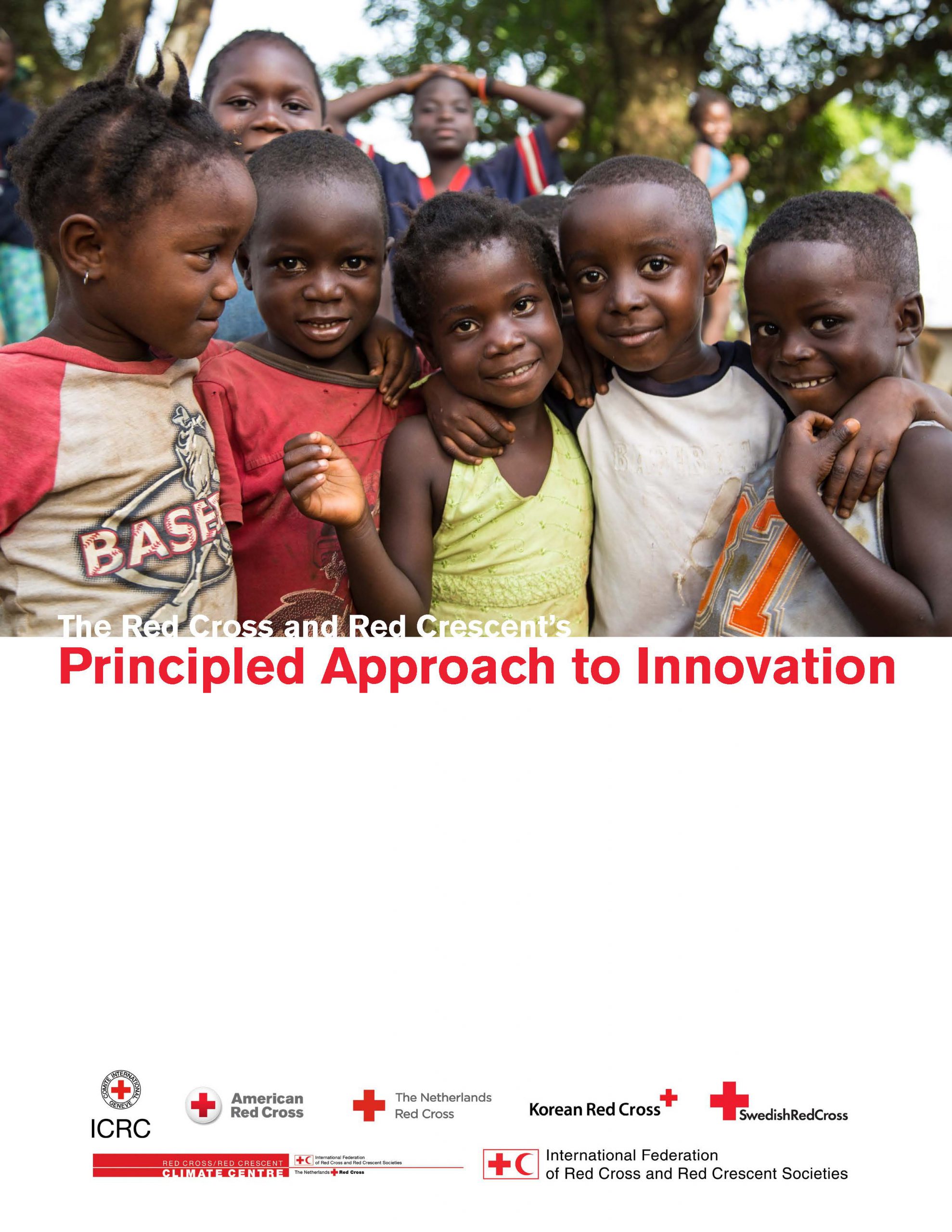World Disasters Report 2009 – Early Warning Early Action
The World Disasters Report 2009 focuses on disaster risk reduction under the title Early Warning Early Action. The report emphasizes the need to invest in a culture of prevention. Early action is portrayed as an investment for the future, and far more effective in the long run being perpetually caught up in a reactive cycle of disaster response.
Early warning early action also promotes harnessing existing knowledge and technologies and translating this into life-saving measures for populations at risk. The report also focuses on the importance of working in partnership with governments and local communities, to effectively shift emphasis towards more preventative action.
In terms of natural hazards and their impact, 2008 was one of the most devastating years. While hazards are largely unavoidable, especially with the growing threat of climate change, they only become disasters when communities’ coping mechanisms are exceeded and they are unable to manage their impacts. The world’s poorest and most vulnerable people are those most at risk.
This year’s World Disasters Report focuses on two key aspects of disaster risk reduction: early warning and early action. The decline in injuries, loss of livelihoods and deaths from disasters over the past 30 years is, in part, due to the establishment and improvement of early warning systems. Advances in science and technology, in forecasting techniques and the dissemination of information are major contributors. However, the development of a more people-centred approach is clearly essential to ensure that the warnings captured by satellites, computer modelling and other technologies reach at-risk communities and are then acted upon.
The 2004 tsunami focused the world’s attention on early warning systems because no such system was in place in the Indian Ocean. Thousands of lives were lost – although tsunamis are relatively rare events. There are many outstanding examples of early warning systems for more frequent hazards. Two notable ones are those for tropical storms in Bangladesh and Cuba where community-based early warning leads to prompt evacuation and has saved hundreds of thousands of lives.
Related DR 2009 b-roll: http://www.youtube.com/watch?v=na6tvV…

